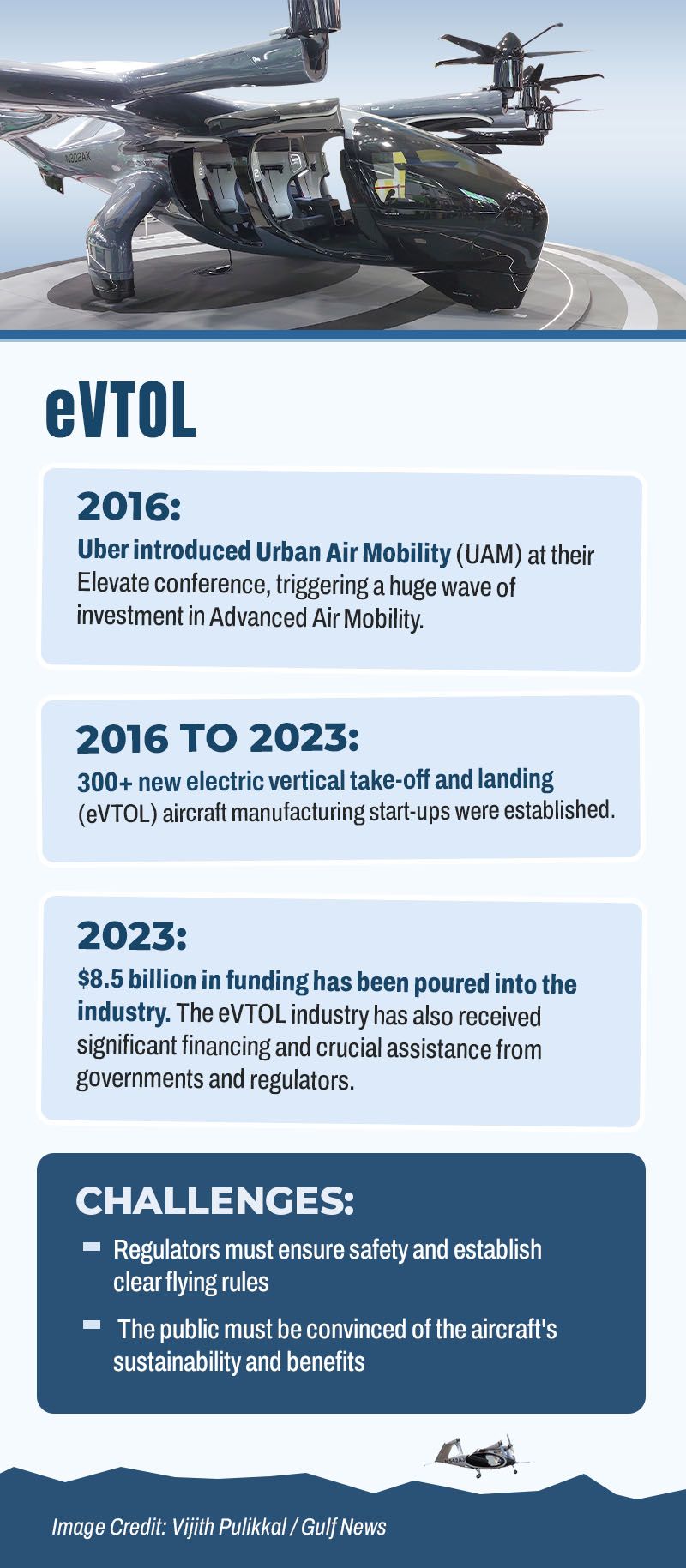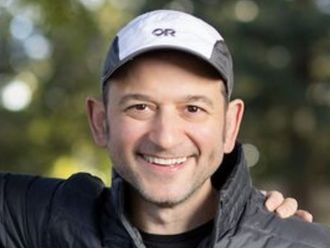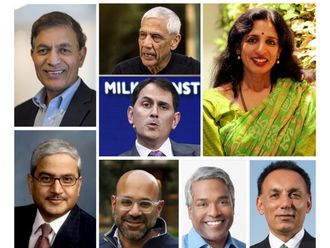
Electric vertical take-off and landing (eVTOL) vehicles are set to fly soon, cutting travel times for certain routes, creating an entirely new industry and redefining aviation as we know it.
The new generation of advanced aircraft promises to create great utility for short-distance, 50-km trips, which can also be completely carbon-free.
They offer unmatched capability, essential for services like paramedics reaching remote areas.
Currently, this is the true value-addition only a helicopter can deliver. But probably not for long.
Now, up to 300 start-ups are building eVTOL. The Middle East's first commercial air taxi service could lift off in Dubai from as early as end-2025.
Range depends on battery
The most advanced ones have demonstrated that an aircraft that is safe (with multiple tilting rotors), low-cost, generates low noise – can also go farther.
Range is something that can increase over time. In April 2013, for example, Beta Technologies’s Alia 250 VTOL aircraft went on a 621-km (386-mile) electric crewed flight across New York state.
The US air taxi developer is also collaborating with the military, which has successfully demonstrated moving over 2,200 pounds of cargo over 24 flight hours, simulating a medical evacuation (medevac) mission and filling in for a canceled C-130 mission, showing its logistical versatility.
Would eVTOLs eventually replace helicopters, currently a $49-billion industry? A number of studies offer insights.
Nasa study
Nasa’s got their eye on this trend, dropping a white paper that highlights how eVTOLs could cut through urban traffic jams and provide quieter, eco-friendly flights.

The Nasa study shows about 40 per cent of helicopters are currently used as private air taxis – but high costs have kept them from going “mainstream”, like Uber, for the average urban (downtown to airport) traveller.
40 %
Percentage of helicopters used as private air taxisThe introduction of eVTOLs could change that.
Nasa highlited their potential to replace helicopters in certain roles, though it’s not a straightforward swap. The US space agency points out that with UAMs, air taxis could significantly reduce noise – and emissions – compared to traditional helicopters, thus making them more suitable for urban environments.
Industry response has been phenomenal.
$ 49 b
Estimate value of the global helicopter market in 2023, expected to grow to $74 billion by 2029).Uber announced that it was working with 6 major eVTOL manufacturers developing aircraft specifically built for aerial ridesharing and package delivery through “Uber Elevate” network. Airlines have prebooked hundreds of air taxi units with leading eVTOL makers.
Certification
Will they get certified by authorities? If noisy choppers are allowed to fly even in cities, shouldn't eVTOLs, once they're proven safe and useful, also get the greenlight?
Their quieter electric motors combined with advances in battery technology position them as a strong air taxi option.

It’s a niche where helicopters currently operate but often face criticism due to noise pollution and safety concerns.
According to Nasa, helicopters typically produce around 85-90 decibels (dB) at ground level during take-off, whereas eVTOLs are expected to produce around 70-75 dB or even less in some cases.
This difference means the sound of an eVTOL at a distance could blend more into background noise, compared to the distinctive “whop-whop” of helicopter blades.
$ 57 b
Estimated value of eVTOL market by 2035A report by Uber Elevate projects that eVTOL noise levels could be even lower in cruise flight, measuring around 40-45 dB at ground level — roughly the noise level of a normal conversation.
In contrast, helicopters at cruising altitude still produce around 60-70 dB, making eVTOLs much more appealing for urban air mobility.
Deloitte study
A Deloitte report (“Advanced air mobility: Achieving scale for value realisation”) dropped in December 2023, suggests eVTOLs have a clear advantage in noise reduction and emissions.
However, it points out their current range and battery limitations mean that helicopters will still have the upper hand in long-range, search and rescue, and offshore operations.

Indeed, the innovations behind eVTOL come with some trade-offs, Deloitte stated. eVTOLs could take over short, intra-city trips, while helicopters will continue to dominate longer, more specialised flights until battery technology matures.
“Advanced air mobility companies likely need to scale to realise value. But achieving sustainable scale and profitability may require balancing three key dynamics–team, technology, and capital,” the Deloitte study stated.
Leading companies
Nasa says cracking these challenges is crucial for eVTOLs to really go commercial within the next 10 years. Numerous companies are betting on this tech.
Demonstration flights are ongoing. Big names like Archer, Vertical Aerospace, Beta, Lilium, Volocopter, and Hyundai are pushing the envelope. Deloitte reckons that full-on urban air mobility is still a few years away, and that helicopters will still be needed for more demanding roles in the near term.

From 2025
Early versions of eVTOL service could fly from 2025, with a widespread rollout by 2030 and beyond. Both Joby and Archer plans to launch air taxi service in New York City by 2025, flying from Manhattan’s heliport to Newark Liberty International Airport, a route millions take annually.
Archer is ramping up manufacturing with plans for a large-scale factory in Georgia, aiming to produce up to 650 aircraft annually.
Despite remarkable progress in terms of technology, regulatory hurdles remain. Certifying new aircraft can take years. Archer is working closely with the FAA to expedite certification, with a goal for completion by the end of 2024.
And so while eVTOLs are expected to replace helicopters in urban settings, helicopters may still be needed for more demanding roles in the near term.
Given the regulatory and infrastructure hurdles in place, as well as public acceptance, this is going to be marathon, instead of a sprint, for the new eVTOL industry.
Takeaways
Electric flight is more than just a dream: eVTOLs are already flying. Archer clocked up 400 flights in 2024 alone, while Joby had 1,500 full-scale eVTOL flights, including 30 pilot-on-board flights in May.
As the technology matures and gets regulatory approvals, the way people fly and where people live could also shift.
So it’s not all smooth flying just yet for eVTOLs. Many doubters remain. There are still big hurdles like air traffic integration, batteries, regulations and scaling.
Yet optimism is strong such that traditional manufacturers are entering the eVTOL market.
While widespread adoption may take time, eVTOL's rise to solve the challenge of moving people from A to B safely is bound to disrupt aviation as we know it.










